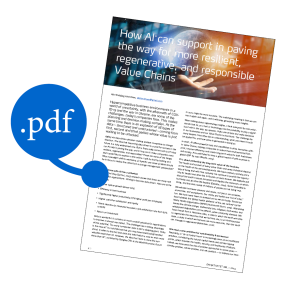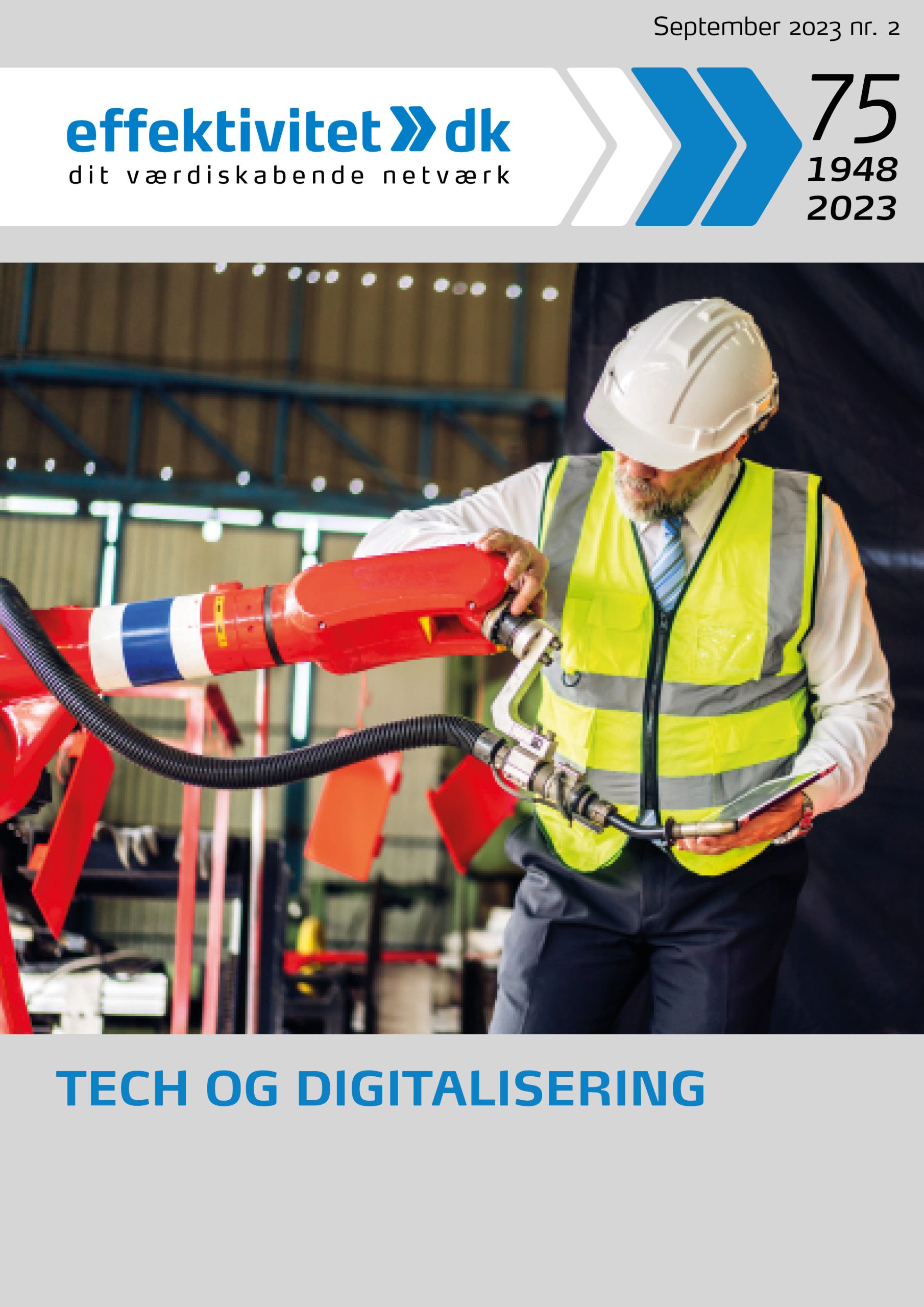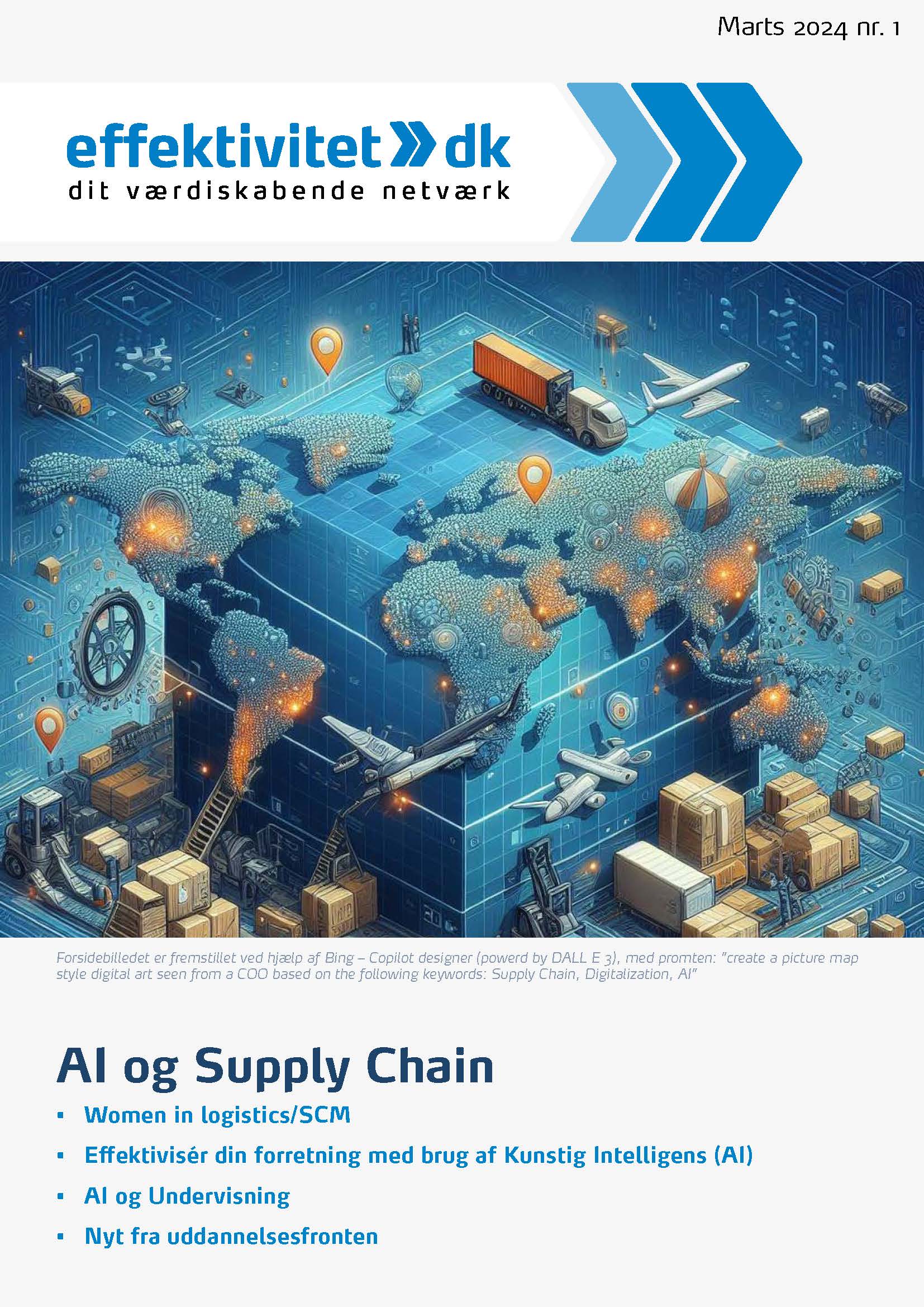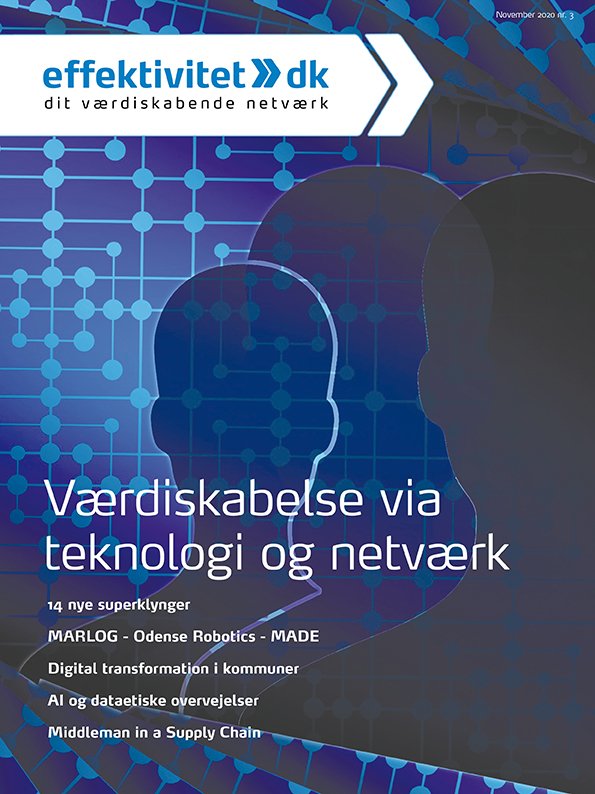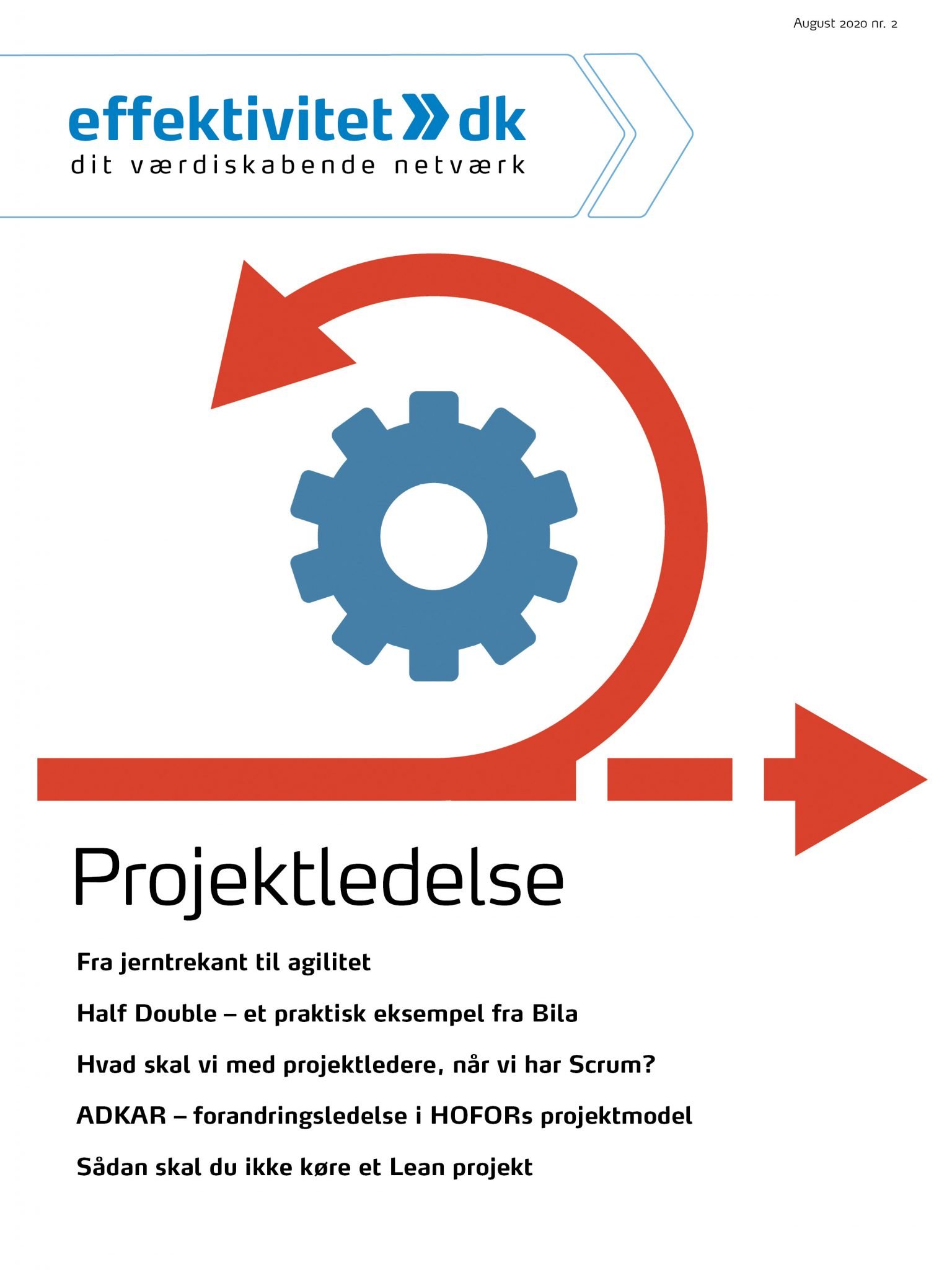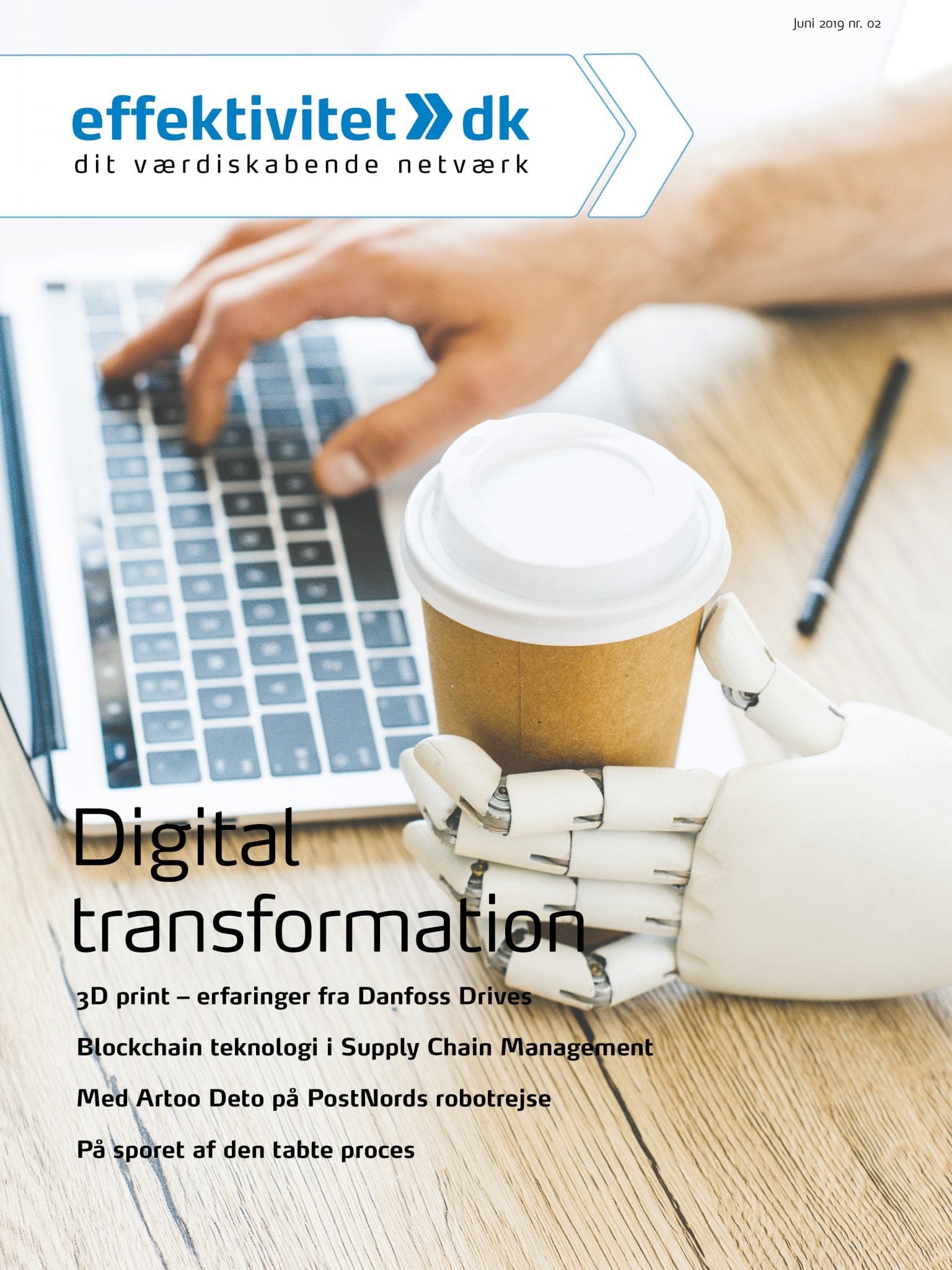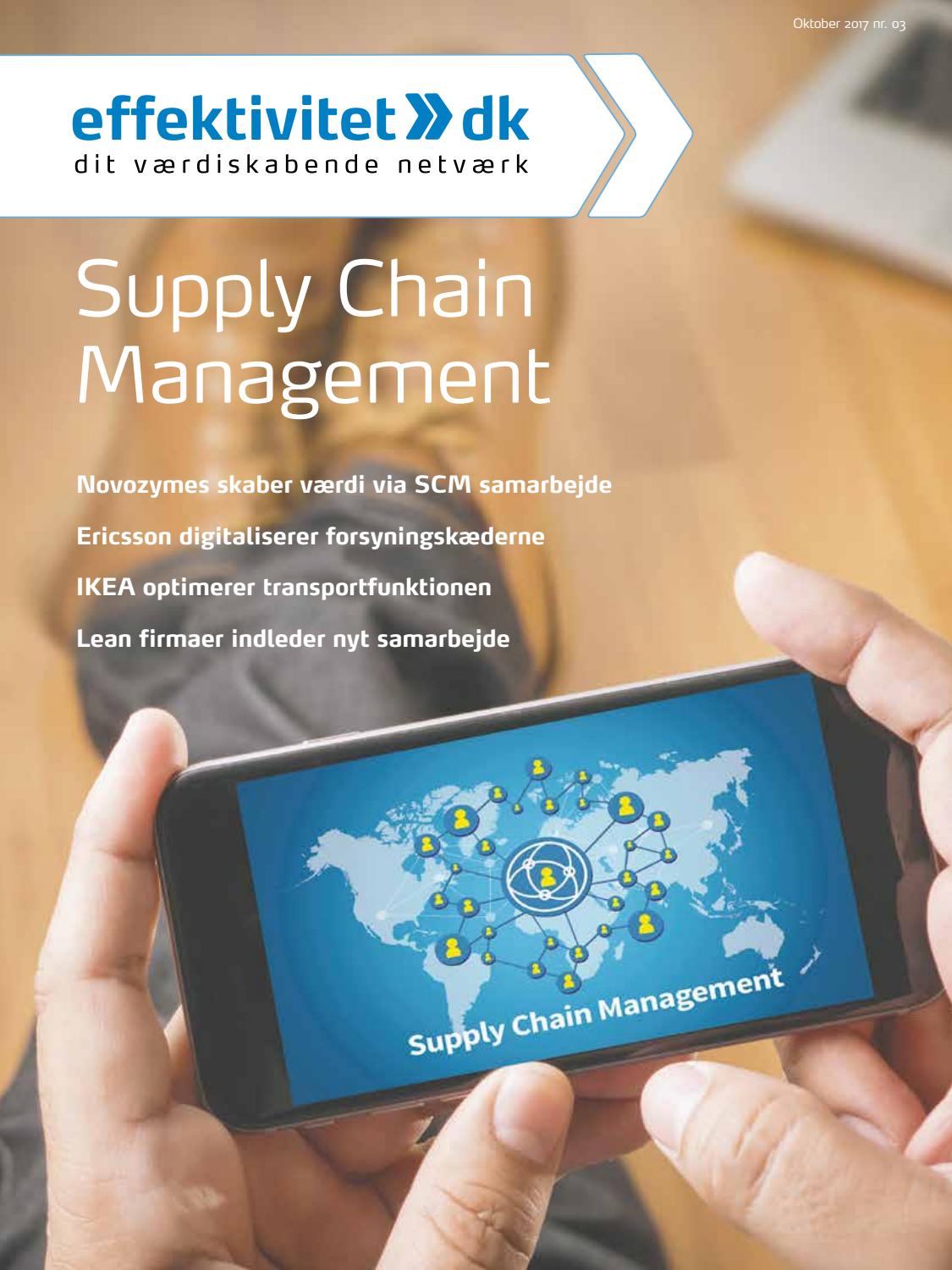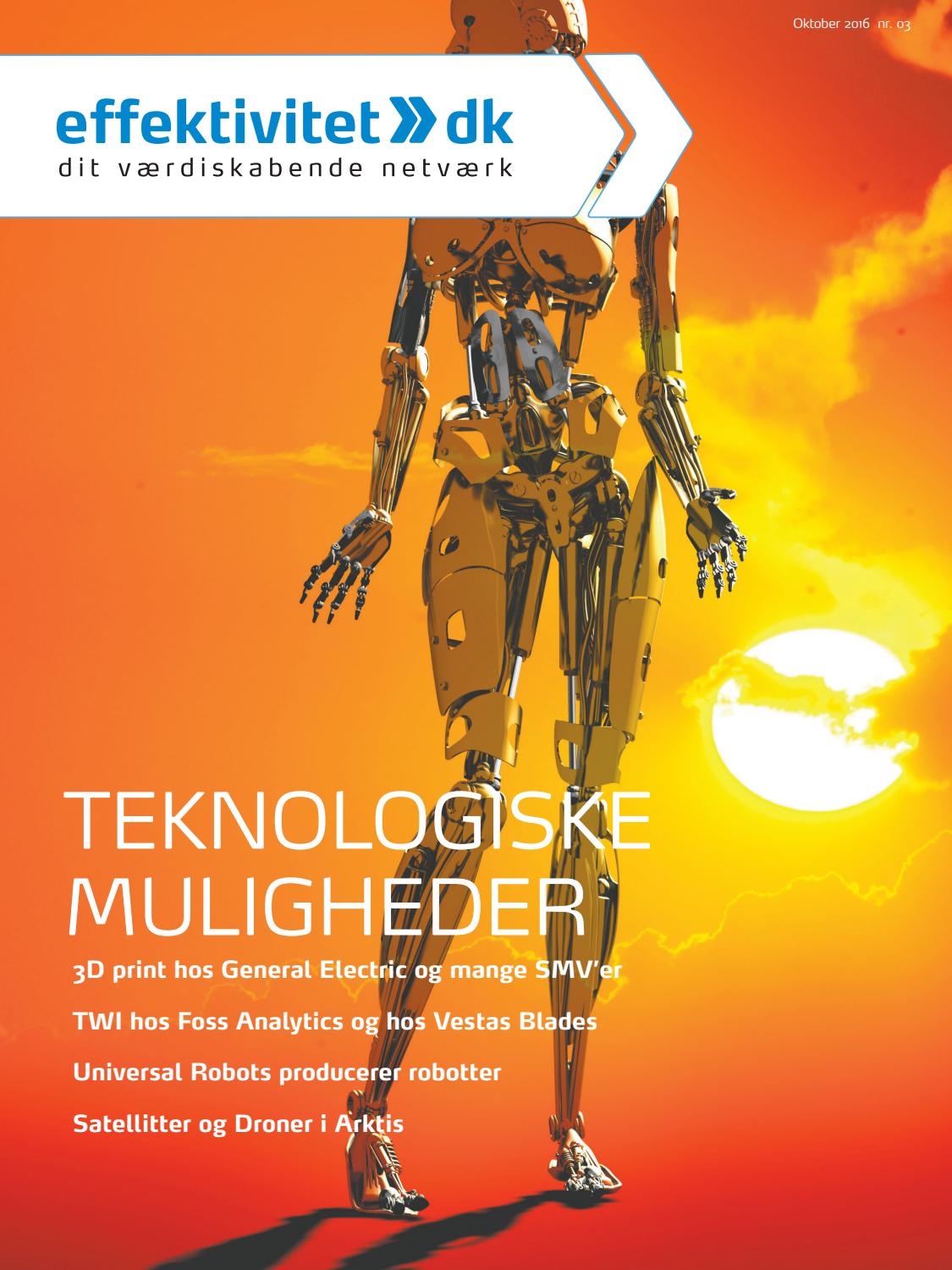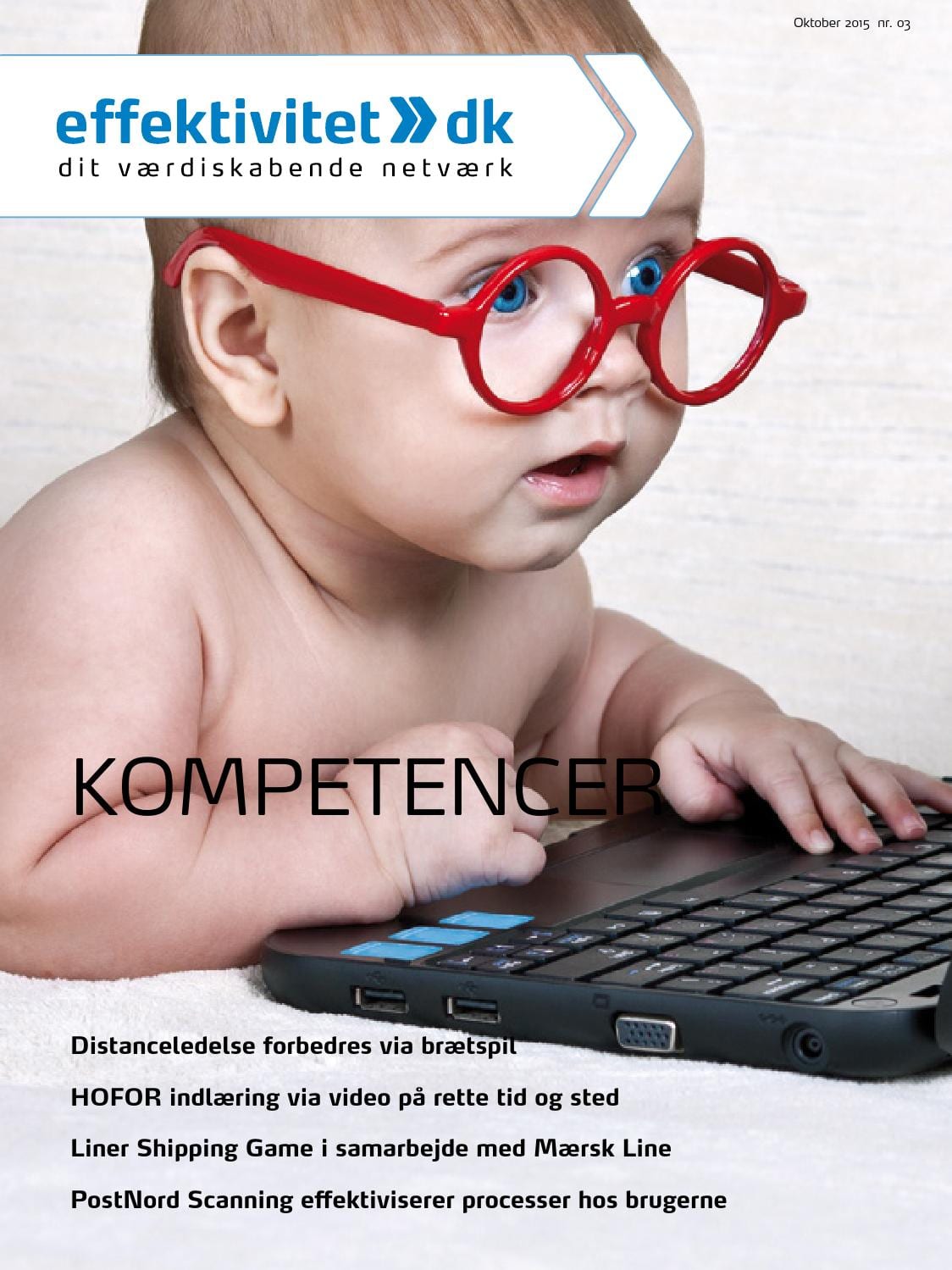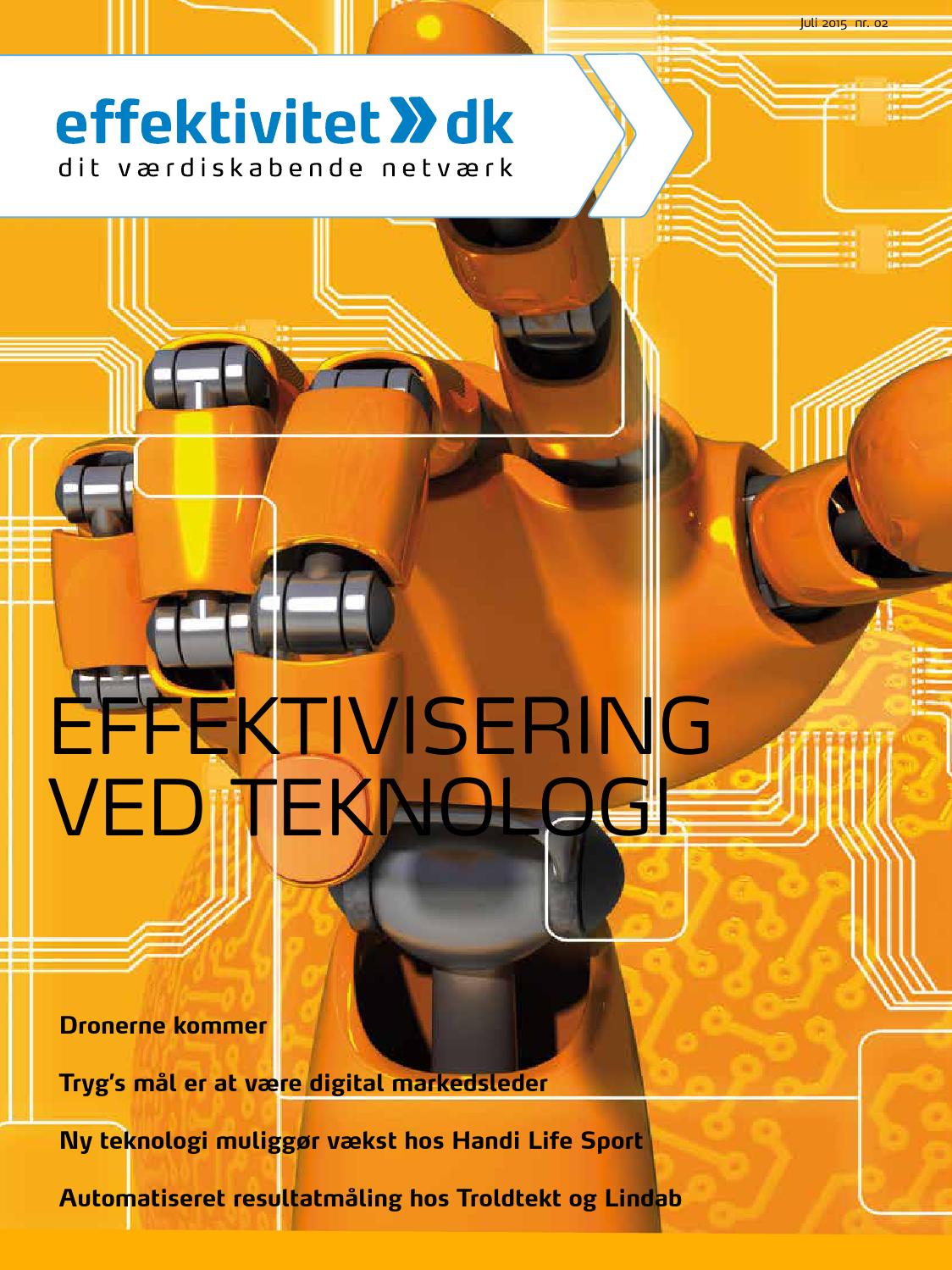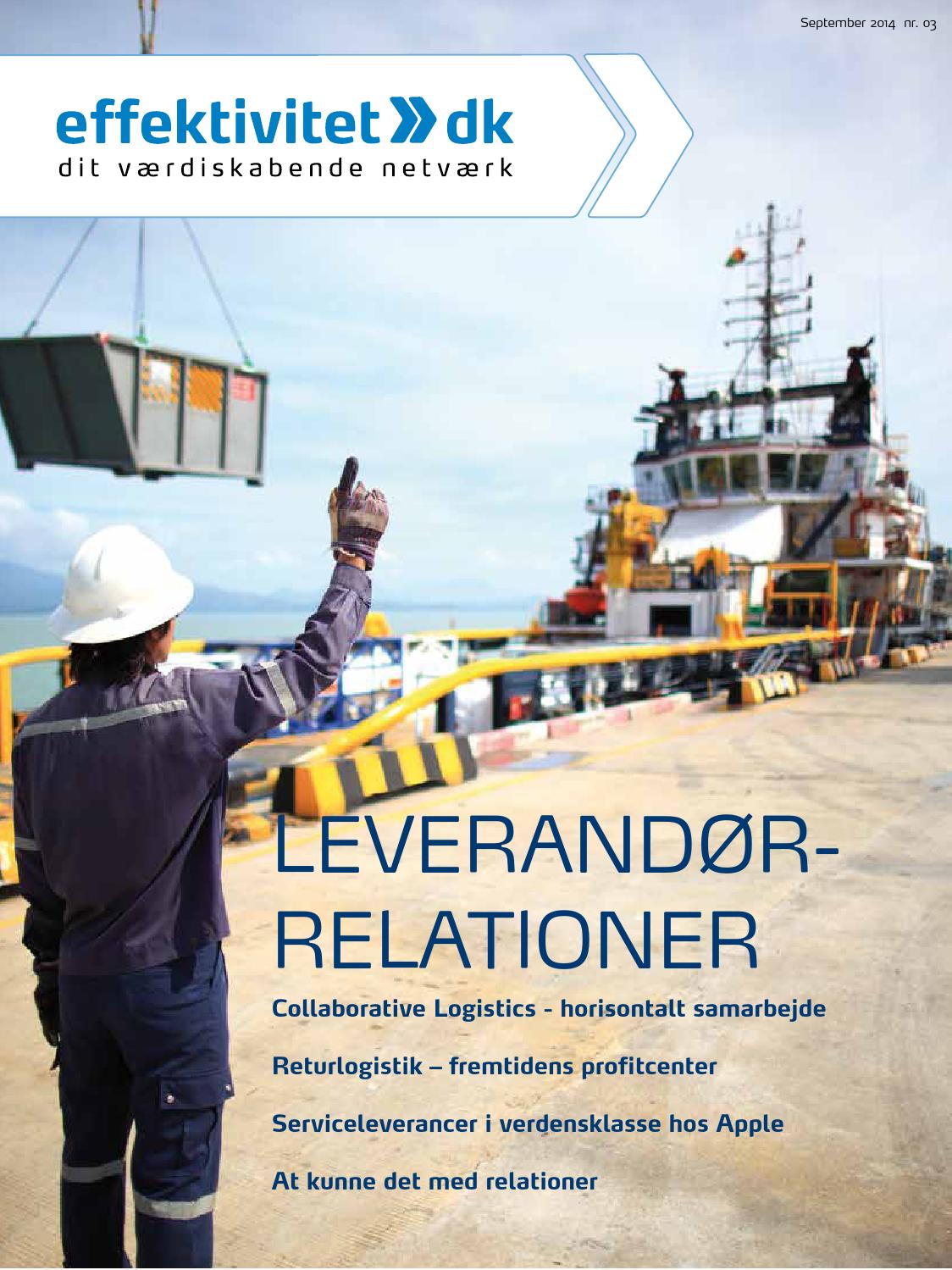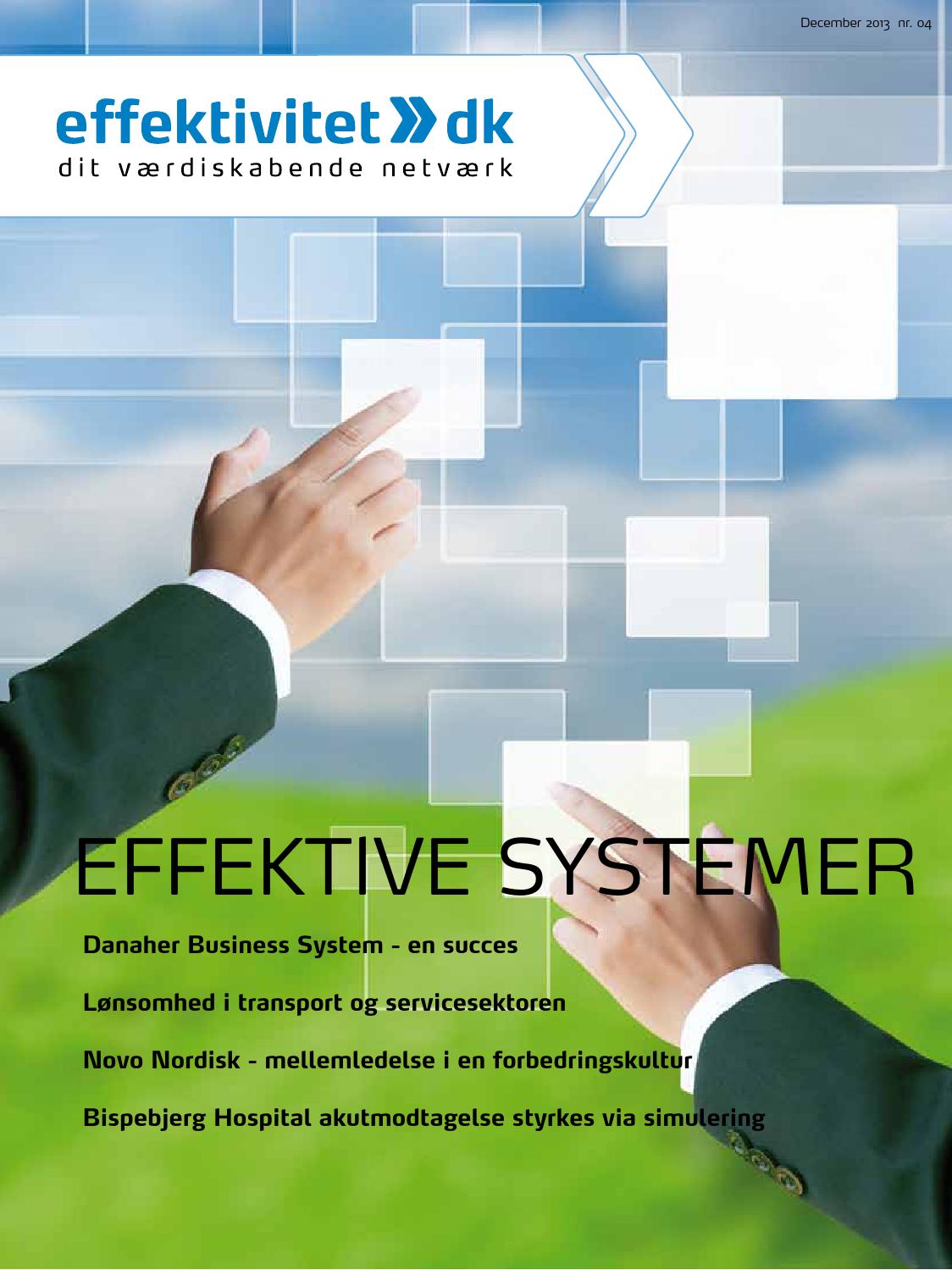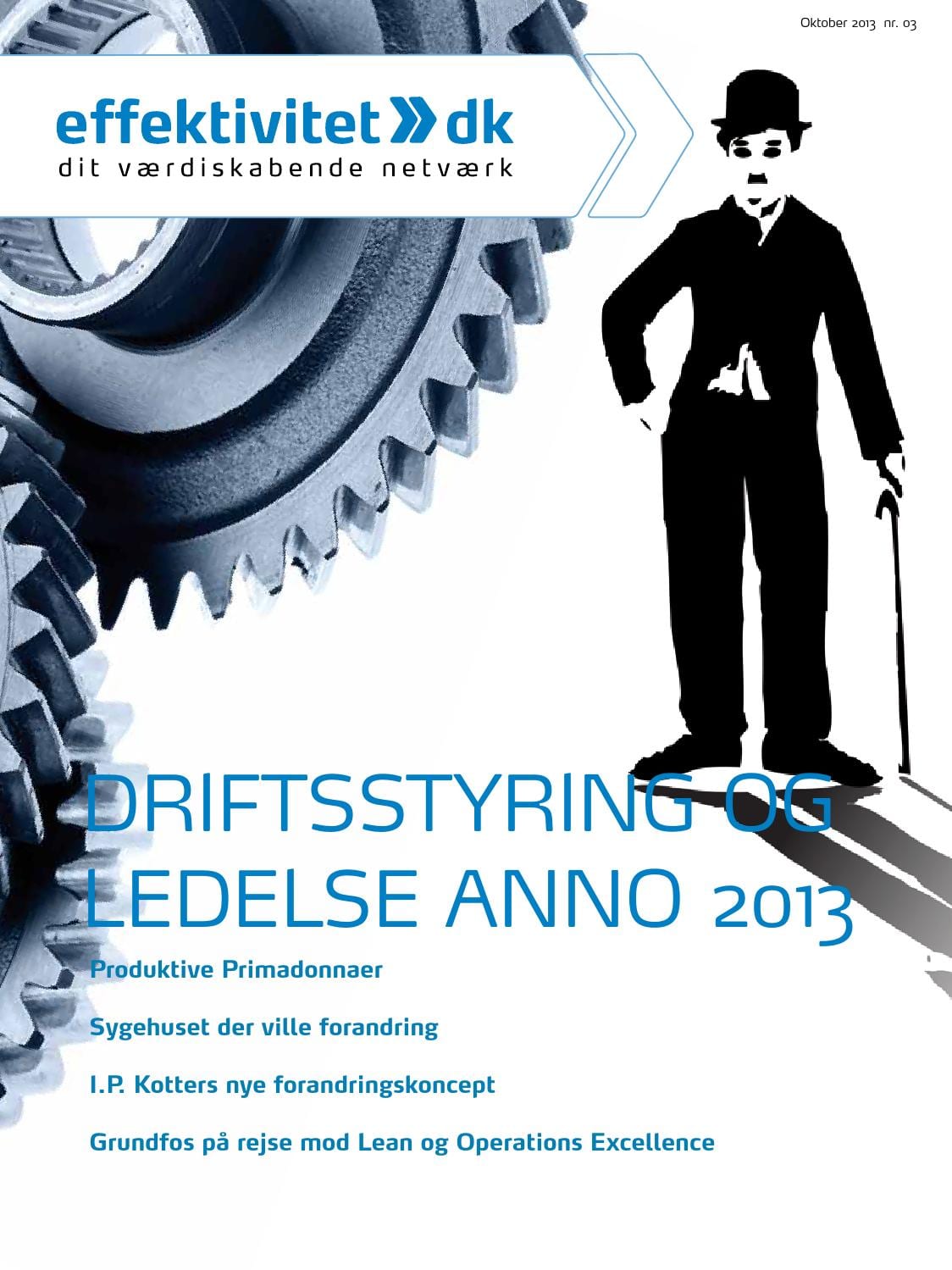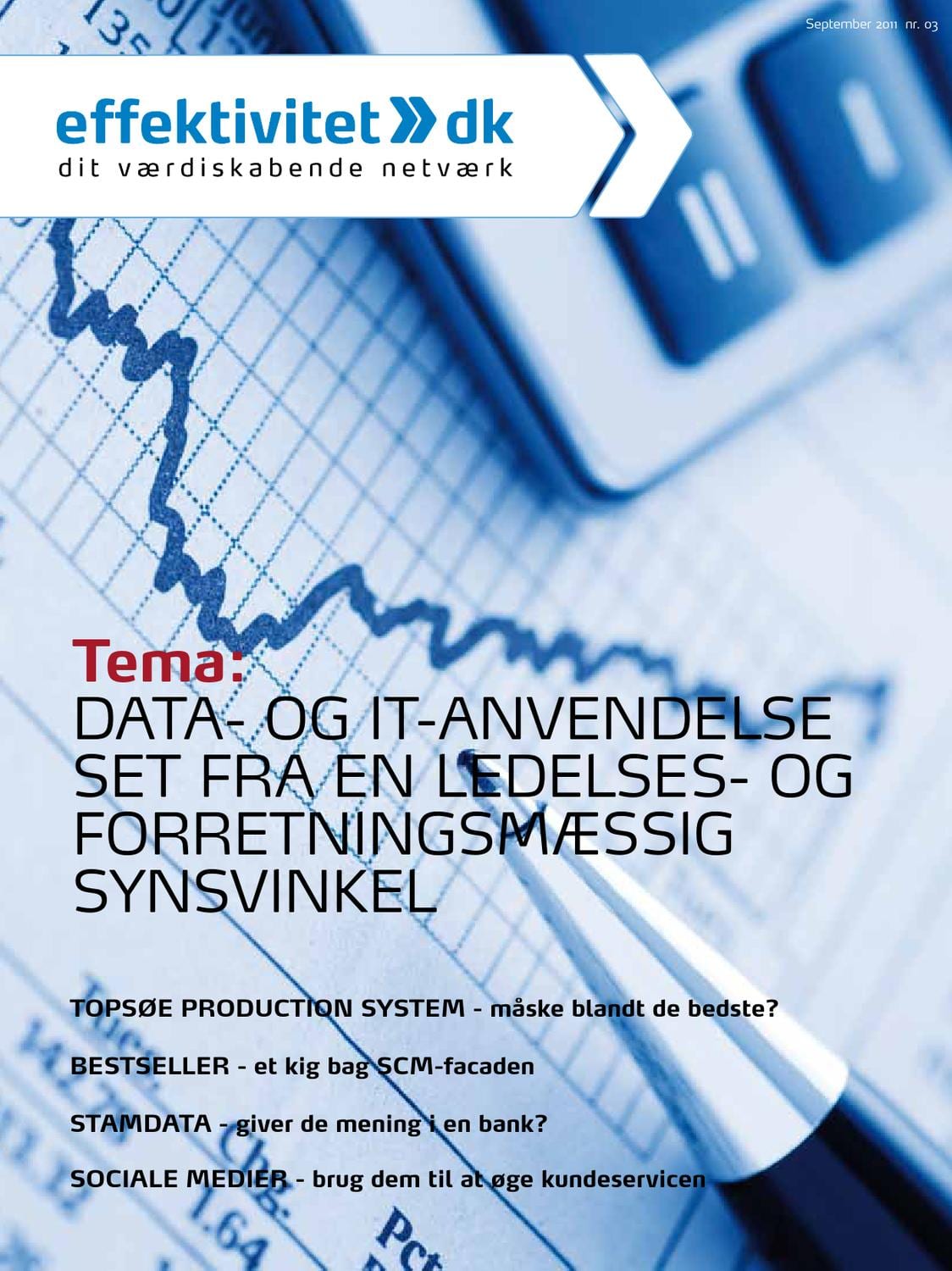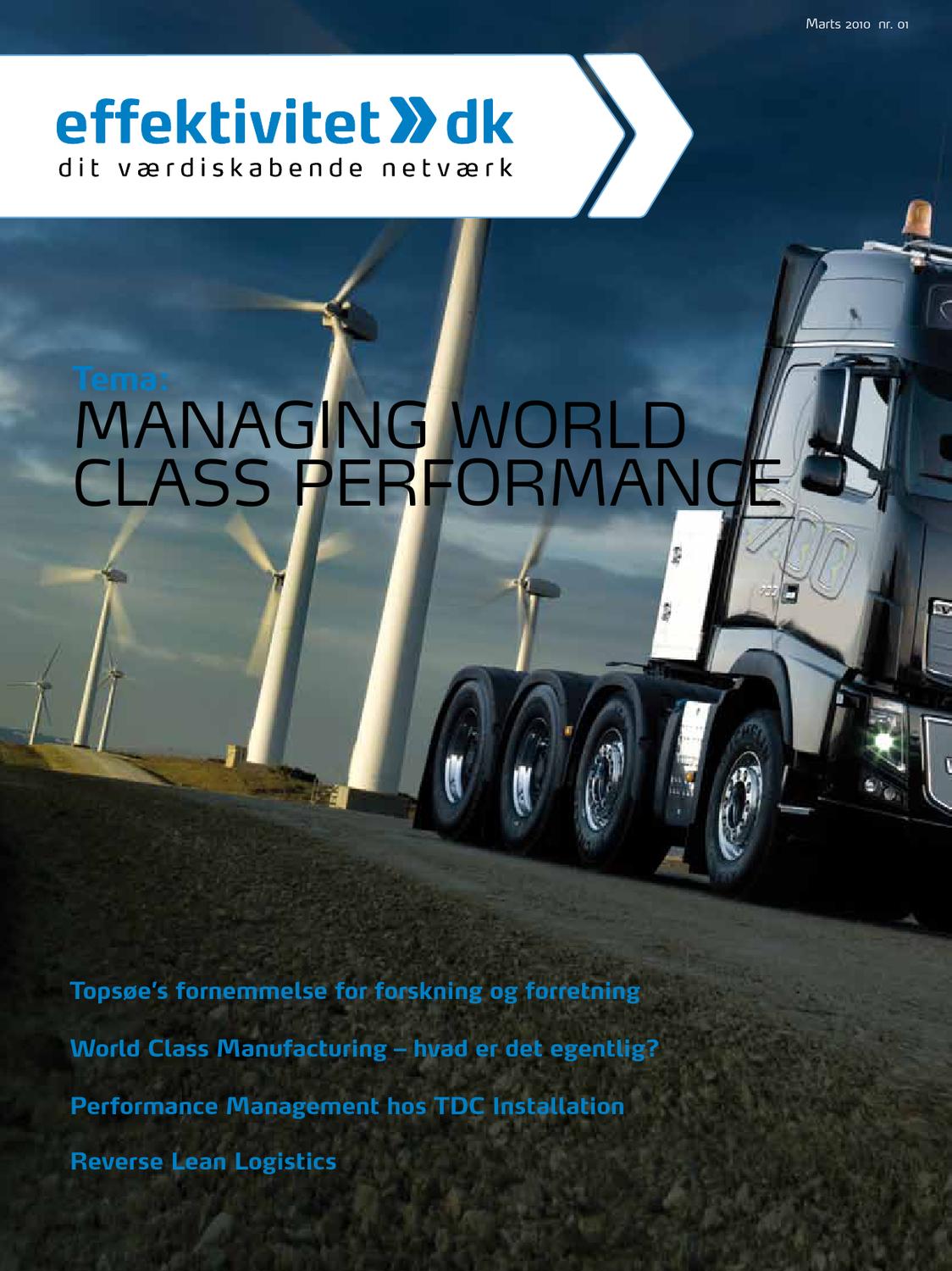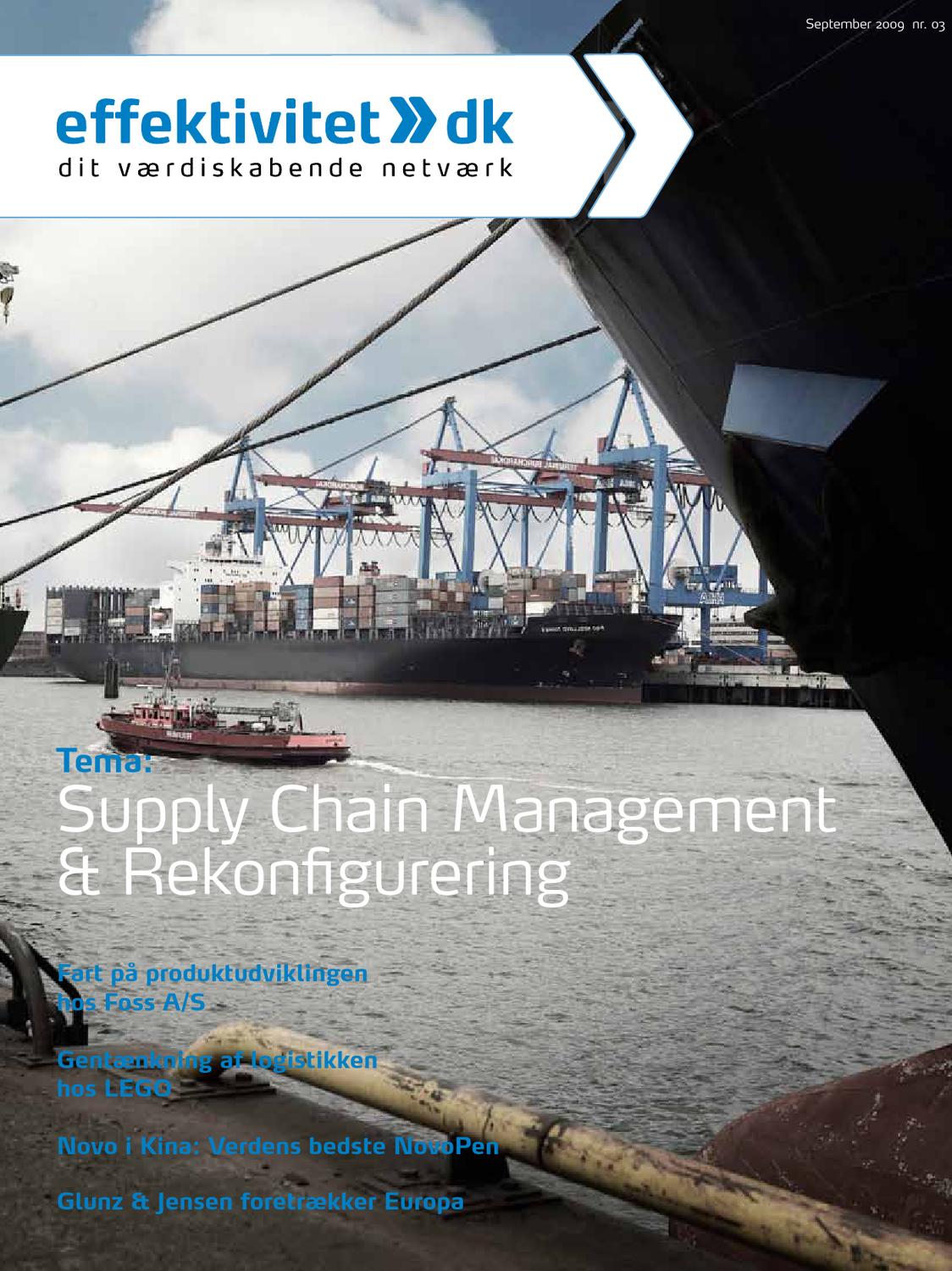How AI can support in paving the way for more resilient, regenerative, and responsible Value Chains
Hypercompetitive business environments in a world of uncertainty, with the aftermath of COVID-19 and the war in Ukraine, are some of the challenges, today’s companies face. This makes planning and decision-making complex. At the same time there is an explosion of all types of data – structured and unstructured – coming from first, second and third parties whose value is just waiting to be unlocked.
Agility via data-driven decision-making enables companies to change direction. The idea that becoming data-driven is crucial for success in the future is a truly widespread one. But is there really some truth to it? How can AI help in paving the way, and in how can it make companies more resilient, regenerative, and responsible? These are some of the things that I would like to explore in this article. I will do that by looking at 1) Why a paradigm shift is necessary, 2) Specific use cases 3) What should be in focus to realize the value from a change management perspective?
Data-driven with AI has a potential
Cap Gemini (Cap Gemini, 2023) research shows that there are many real benefits for organizations striving to become data driven. Here are some examples:
• Higher topline growth (above 70%)
• Efficiency in their business
• Significantly higher productivity (17% higher profit per employee)
• Higher customer satisfaction and loyalty
• Talent retention (a measured increase in job satisfaction rate from 67% to 80%)
• Return on investment
Data is wonderful. It contains so much unused potential for organizations to improve in almost any aspect. The challenge lies in taking advantage of this potential. Too many companies’ data is still a sleeping giant. “Data is the new oil” is a catchphrase that you may have heard being bandied about. It refers to the fact that data and information is now an even more valuable asset than oil. However, the idea that “data is more like sunshine than oil”, as stated by Googles CFO at the World Economic Forum in 2021, might be more accurate. The underlying meaning is that we can use it again and again, and it will keep generating more insights.
When talking about regenerating insights, I think everyone by now understands that AI, as a tool or technology, has the possibility to play a significant role in the way, we operate, make use of data and make decisions in our businesses and our Value Chains in the future. The challenge for many leaders most often lies in understanding, what use cases it could be applied for, and how value is generated in doing so.
In short, AI offers powerful tools and capabilities to drive innovation within Value Chains, helping companies to reduce their environmental footprint, improve efficiency, and create long-term value for both businesses and society. AI is estimated to have a global impact of 26% increase in global GDP by 2030 (Brodie, 2023).
It is about protecting the long-term value of the business
The health and survival of every Value Chain and every individual depend on the health of the surrounding world. We have created a society and a way of living that will most certainly not continue to provide the opportunity for people and other life to flourish on earth forever. We degrade and disrupt the earth’s natural processes and deplete the resources, on which humanity and all other life depend (Deloitte, 2024). Social inequality is rising, and the basic needs of millions of people are not being met.
We witness immense pressure and stress, not just in our societies, economies, and ecosystems. Our minds and bodies are “out of order,” too. We have never been as stressed out as we are today. Stress has been labelled the “global health epidemic of the 21st century” by the World Health Organization (WHO) (Hutchins & Storm, 2019). Addressing issues like climate change, biodiversity loss, refugees, food waste, and widespread degradation can be difficult, when constantly stressed. We have moved from a Holocene state, a state in which the earth was able to regenerate the resources that we humans use, to an Anthropocene state, a state in which we humans use more resources, than the earth can manage to regenerate (Robertson, 2021).
We need a new ambition for sustainability & businesses
Neutrality, or “do no further harm” is increasingly seen as an insufficient ambition, considering the natural capital losses and climate tipping points, which threaten the health, security, and livelihoods of billions. Indeed, we have seen the rise of positive approaches in recent years — climate-positive, nature-positive, and net-positive — to address our interlinked natural and social challenges. At the same time, there is a growing recognition that efforts to restrain climate change and halt biodiversity loss will not be successful, unless we address them together as part of a broader holistic approach.
Regeneration is a concept that addresses challenges comprehensively and provides Business and Value Chain leaders with a framework for creating and protecting long-term value, one that aligns the organization to new value drivers, encourages innovation, and builds the resilience and responsibility of the company (Sindbjerg Hinrichsen & Haas de, 2023).
We need Value Chains, which are more Resilient, Responsible and Regenerative (3 R’s), if we are to ensure the long-term survival of companies and Value Chains. Let’s look at, how innovation can be created by looking at some of the potential use cases.
It takes innovation to embrace the paradigm shift
Digital technologies – i.e. AI – can transform the company’s business model and accelerate regenerative performance. Innovation is more than just developing and implementing technology; it is about combining the right technologies at the right time and place. Technology is a lever to solve complex problems. Having a data-driven innovation approach puts you in a position to utilize new technological breakthroughs at the right time. When useful data is available to the many in an organization, it is much more likely that employees will use the information to innovate in their daily work. A great data-driven culture will also drive many small innovations every day.
To kick-start your imagination – Let’s have a look at the potential use cases of the application of AI as a driver to more regenerative, responsible, and resilient Value Chains:
Responsibility
AI can optimize Value Chains by analyzing vast amounts of data for example to identify ethical sourcing practices. It can also enable transparency and traceability, allowing consumers to make informed choices.
Amazon is a frontrunner in application of AI in operations. They have developed AI algorithms to screen new products for information about environmental impact to be able to estimate the carbon footprint of a product. Amazon estimates having changed the time needed for analysis and registration from months to hours (Dominguez, 2024).
Resilience
Risk detection: AI can process data from sensors, satellites, and other sources to monitor and analyze environmental conditions. It can help detecting and predicting natural disasters, monitor air and water quality, track deforestation, and identify patterns related to climate change.
Supplier Selection and risk Management: AI can assess the sustainability performance of suppliers by analyzing various factors such as environmental impact, labour practices, and social responsibility.
Regeneration
Biodiversity and bio-solutions: AI can aid wildlife conservation efforts by analyzing camera traps, satellite imagery and acoustic sensors data. It can help identifying endangered species, track their movements, detect poaching activities and support habitat preservation initiatives. It can lead to preserving biodiversity.
Energy Management: AI can analyze energy consumption patterns and optimize energy usage in buildings, factories and transportation systems.
Waste management and recycling: AI can improve waste management systems by analyzing data to optimize waste collection routes, reduce landfill usage and identify recycling opportunities.
Another example from Amazon is, how they use AI to optimize the packaging needed for different products, including size and shape of a product and quality information from prior deliveries. This AI model is estimated to have saved more than 2 mill. tons of packaging material (Dominguez, 2024).
Transportation: AI can optimize traffic flow and improve transportation efficiency. Optimizing transportation has the potential to give significant cost savings. In US the cost of flight delays is estimated to 39bn USD. (Naveen, 2019)
Product Lifecycle Assessment: AI can conduct lifecycle assessments of products to evaluate their environmental impact from raw material extraction to disposal.
Demand Forecasting and Inventory Management: AI algorithms can analyze historical data, market trends and external factors to accurately forecast demand.
Amazon uses AI as part of their fulfilment processes, where they detect damaged goods, before they are sent to a customer. In this way they are saving the shipping, the customer return of the defect product and the need to resend a new product. (Dominguez, 2024)
AI is all about decision making
When working with AI it is important to understand and embrace the fact that the technology itself plays a minor role. The place, where AI will have the greatest impact and require the greatest changes in approach, lies hence not in technology but within the organization. The impact of AI is not within the process steps, but within the decisions, taken by the organization.
AI, therefore, will be much more about a new way of viewing the organization, than it will be about Process or Technology. AI has the potential to eliminate traditional roles in the organization, create new roles and provide new dynamic platforms for training and learning in the organization, giving people new opportunities to move across traditional organizational boundaries (Brodie, 2023).
The organization needs to decide, where the change needs to happen. AI should be interlinked with the roles and responsibility of the organization, which would also mean a fundamental change in the business culture, it’s organization and the responsibilities within the organization. To succeed with AI, it is key to succeed with the people transformation.
The obvious place, where many people put AI, is into the technology bucket. It is certainly true that AI’s leverage technologies. AI aims to take ownership of decisions rather than just execute instructions. AI will take over decisions, today taken by people, and decisions requiring authority and approval.
An example: The concept of ordering stock is a business process, and the system doing it is a technology, But the right to do it and to set the volumes ordered is a business decision. Controlling AI is much more about authority and governance (the overlap of people and processes), than it is simply about steps and orders.
It takes data mastery
Is your company a data master? A company, which masters data, is a company, which creates, processes and leverages data proactively to fulfil their purpose, achieve their business objectives and drive innovation. Data mastery is driven by two complementary dimensions: data foundations and data behaviours.
Data foundations are the necessary tools and technologies, with which an organization can use and leverage data, while data behaviours are part of the DNA of the organization and relates to people, processes, skills, and culture. Data literacy is a commonly used term, when discussing how to understand data, what you can do with it and what your role is in creating or using it (Agarwai, et.al., 2023).
Companies often have too much data or poor data infrastructure that most people in the organization don’t understand the value of or spend more time on “fixing” rather than using it. There is also a lack of trust in the data.
Let’s have a look at the nine characteristics of data mastery:
• Features: Data masters are using advanced reporting and analytics in all business areas
• Data discovery: Data masters have very well managed master data and data catalogues implemented and in use.
• Relationship between digital and business users: Enabling the business and IT to work jointly with data towards business objectives.
• People: Self-service features are offered, and users are empowered to build their own dashboards
• Training: Support continuous learning and upskilling of people on data
• Processes: Robust frameworks covering all aspects of data access, privacy, and ethics
• Technology for data activation: Have built unified data platforms leveraging cloud and self-service tools.
• Data advantage: Actively working with external players to collect various sorts of data.
• Data monetization: Data is an integral part of decision-making.
On each of the above points – where is your company?
It takes trust, quality and democratization
No one wants to make decisions based on data, they do not trust. Data masters work constantly to engage in data that is relevant, timely and trustworthy. Building trust in data is an indispensable and exceedingly critical step to achieving data mastery. Data trust is key to organizational agility and collaboration, and it finally leads to generating business value for organizations. How can you create trust in data? The keys here are quality, trusted AI and democratization:
Quality
When talking about data quality there are many facets. Accessible, accurate, coherent, complete, consistent, defined, relevant, reliable, timely. Data quality is ensured by strong data management and capabilities.
Trusted AI
Data masters ensure that they can trust their AI solutions. This could be defining an AI Charter, defining AI ethics, setting up AI design and development processes.
Data democratization
Democratization of data is the ability to provide the required data to business users at the required speed and in the appropriate form and granularity, thereby allowing them to explore data and derive actionable insights.
3 take aways from this article
1) There is a potential to use AI to drive data-driven decisions in a volatile world:
There is a potential in using AI to generate insights in a data-driven way. At the same time there is a need to create companies which are more resilient, responsible and regenerative as a response to the uncertain world. There is a need to rethink the way, we operate our businesses and our Value Chains, so we can protect the long-term value of the business. It requires new ambitions and mental models for sustainability and businesses.
2) It takes innovation to embrace the paradigm shift. The use cases are many to create companies that are more resilient, responsible and regenerative:
AI can transform the company’s business model and accelerate regenerative performance. Innovation is more than just developing and implementing technology; it is about combining the right technologies at the right time and place. Technology is a lever to solve complex problems.
3) AI alters the roles and responsibilities of the organization and should be treated so:
Utilizing AI effectively for decision making takes data mastery as well as quality, trusted AI and democratization of data. As with any evolution in an organization, data democratization requires policies and training to ensure that everyone understands expectations. Implementing AI to drive decision-making requires companies to look at change, not in terms of deploying AI as a technology, but in terms of how it alters the roles and responsibilities of the organization.
______________________________________
References
Brodie, P., (2023) The Impact of AI On Organization Design, Forbes, (feb.2024) https://www.forbes.com/sites/forbescoachescouncil/2023/08/08/the-impact-of-ai-on-organization-design/?sh=36bfab552832
Deloitte, 2024 The Circularity Gap Report 2024, https://www.circularity-gap.world/2024 (download, feb.2024)
Sindbjerg Hinrichsen, Alis. & Haas, H. de., (2023). Reimagining the value chain : a regenerative approach (1. udgave.). Forlaget Praksiz.
Hutchins, G., Storm, L., (2019) Regenerative Leadership: The DNA of life-affirming 21st century organizations, Wordzword
Naveen J. (2019) How AI Can Transform The Transportation Industry, Forbes, (feb.2024) https://www.forbes.com/sites/cognitiveworld/2019/07/26/how-ai-can-transform-the-transportation-industry/?sh=7b617a854964
Robertson, Margaret. (2021). Sustainability principles and practice. (3. edition.). Routledge.
Dominguez, L., (2024) How Amazon Taps AI to Achieve Sustainability Goals: Packaging, Returns, Waste Prevention, Download feb.24, https://risnews.com/how-amazon-taps-ai-achieve-sustainability-goals-packaging-returns-waste-prevention
Agarwai, A., et.al. (2023) The Future of data, how Nordic companies scale and transform with data and AI, Kunskapshuset Förlag, Stockholm


